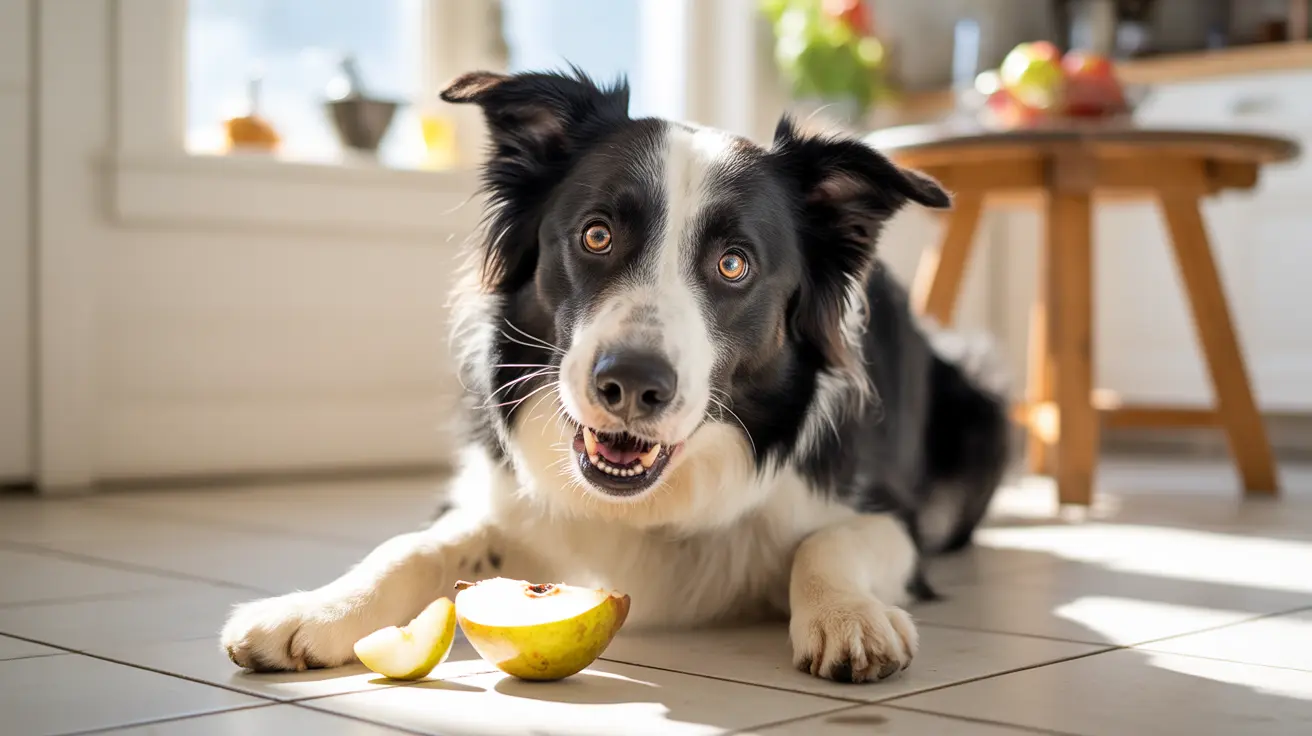Understanding the Optimal Age for Canine Gastropexy
Gastropexy is a surgical procedure performed primarily in dogs to prevent a potentially fatal condition known as gastric dilatation and volvulus (GDV), or bloat. GDV occurs when a dog’s stomach fills with gas and rotates, cutting off the blood supply and trapping gases and fluids. This emergency condition requires immediate medical intervention and often surgery. One of the most effective ways to prevent its recurrence or initial occurrence in at-risk breeds is through gastropexy.
Determining the best age for gastropexy is crucial to optimizing both the safety and effectiveness of the procedure.
Why Consider Gastropexy?
GDV is not just uncomfortable; it's a life-threatening condition. While bloat alone (gastric dilatation) may be managed medically, the volvulus (twisting) aspect is what makes the situation catastrophic. It compresses blood vessels, leading to shock, tissue death, and even death within hours.
High-risk breeds include:
- Great Danes
- Saint Bernards
- Irish Setters
- German Shepherds
- Standard Poodles
- Weimaraners
Additional risk factors are:
- Eating one large meal a day
- Rapid eating
- Advanced age
- Anxiety
- Family history of GDV
- Previous splenectomy
Ideal Timing for Gastropexy
The best age to perform elective gastropexy is generally between
6 to 12 months of age. This timing aligns with several factors:
- Most dogs have reached their adult size, making surgery technically easier.
- Surgical risks, including reactions to anesthesia, are lower in younger, healthy dogs.
- The procedure is often combined with spaying or neutering, minimizing the need for multiple anesthetic events.
Performing gastropexy electively is ideal for dogs that have not yet experienced GDV but are considered high risk. The procedure acts as a preventive measure, attaching the stomach to the abdominal wall to prevent future twisting.
Types of Gastropexy Techniques
There are various options available:
- Incisional gastropexy: The most commonly used due to simplicity and low complication rates. The stomach wall is sutured to the abdominal wall.
- Belt-loop gastropexy: A flap of stomach passes through the abdominal wall.
- Circumcostal gastropexy: A flap is tunneled behind the last rib.
- Laparoscopic-assisted gastropexy: Minimally invasive and offers quicker recovery.
Postoperative Considerations
Following the procedure, recovery is typically straightforward:
- Restriction for 7–14 days to minimize incision issues
- Using a recovery cone to prevent licking
- Feeding smaller, more frequent meals post-surgery
- Monitoring for signs of infection or gastrointestinal upset
For laparoscopic procedures, dogs usually recover in about two weeks. Open surgeries might take slightly longer but are not necessarily more difficult for the dog.
Benefits of Elective Gastropexy
Performing the surgery at the appropriate age has several benefits:
- Reduces GDV risk dramatically — For instance, Great Danes are up to 30 times less likely to die from GDV after prophylactic gastropexy.
- Low recurrence rate — Less than 5% compared to 80% in non-treated dogs.
- Better anesthesia outcomes — Younger dogs tolerate surgeries better.
- Reduced complication risk — A controlled surgical setting versus emergency GDV correction offers better prognosis.
Are There Alternatives?
Non-surgical measures provide partial mitigation, but none are foolproof:
- Use of slow feeders
- Feeding multiple small meals per day
- Avoiding exercise post meals
- Feeding at ground level
These practices reduce the chances of bloat but not volvulus. Only gastropexy can reliably prevent twisting of the stomach.
Conclusion
Gastropexy is a highly effective, preventive procedure for at-risk dogs. The best time for this surgery is between 6 and 12 months of age, often coinciding with spay or neuter. Proactive pet owners of vulnerable breeds should discuss this option with their veterinarian. Early intervention not only saves lives but also spares dogs and their families from the trauma of a life-threatening emergency.





